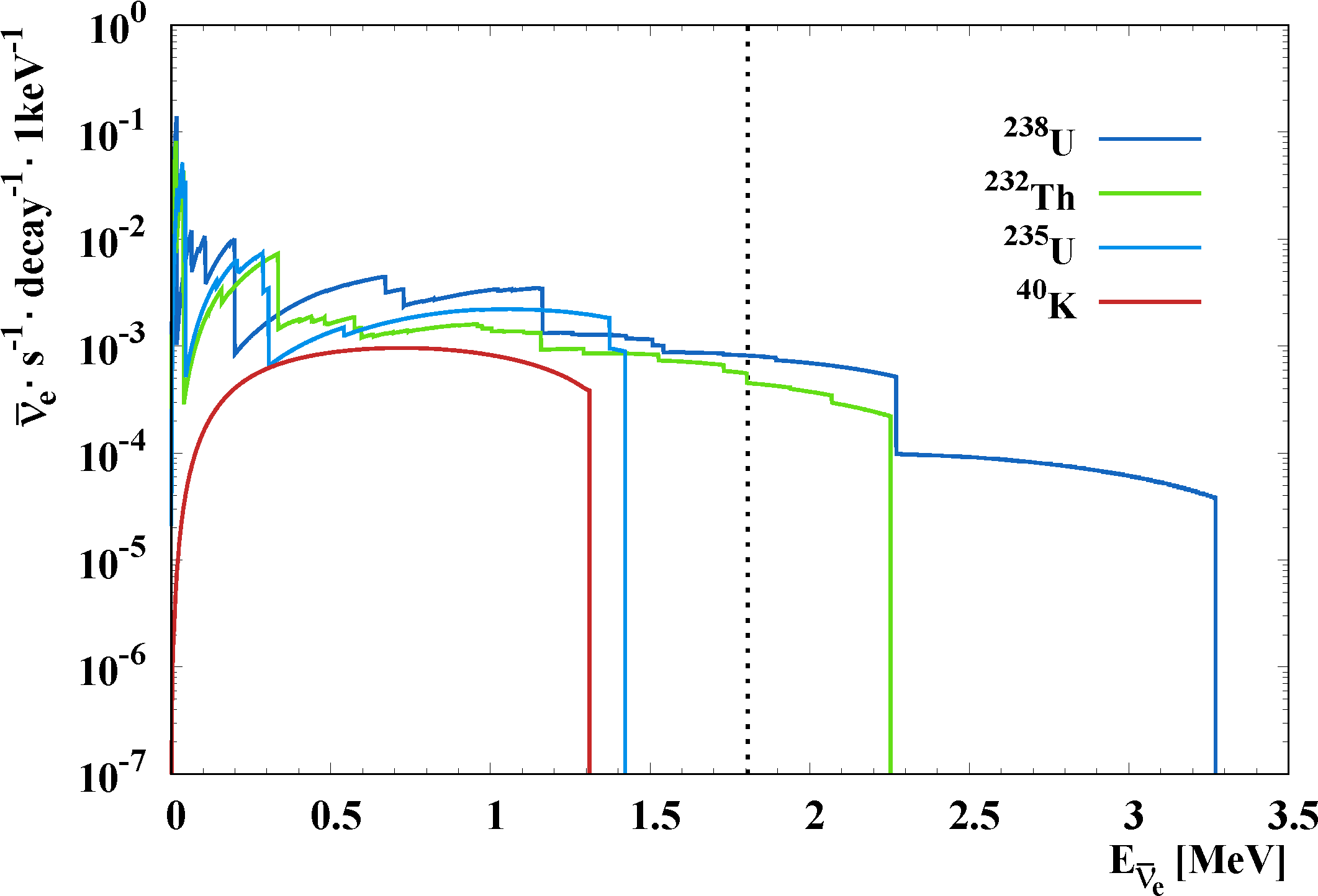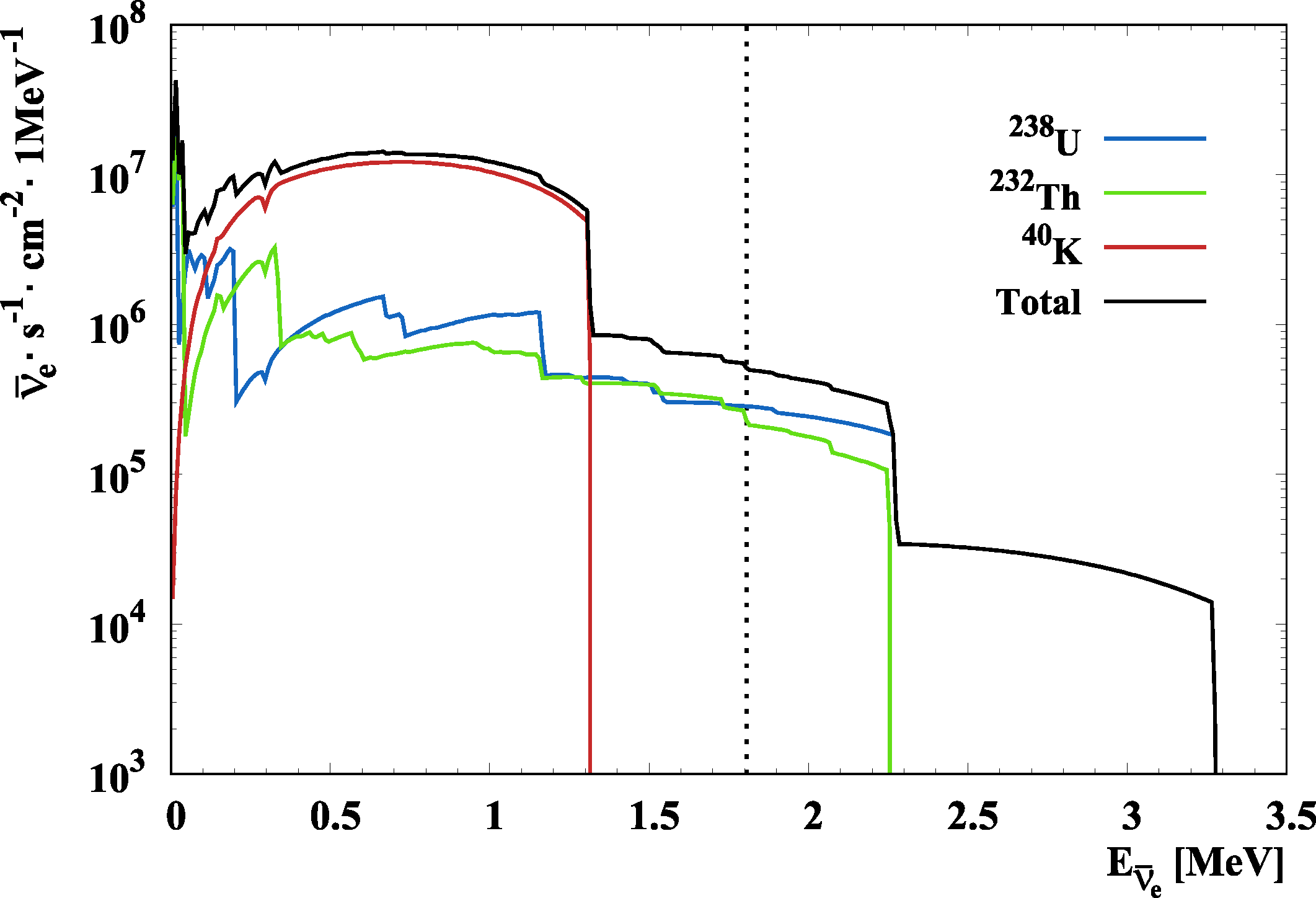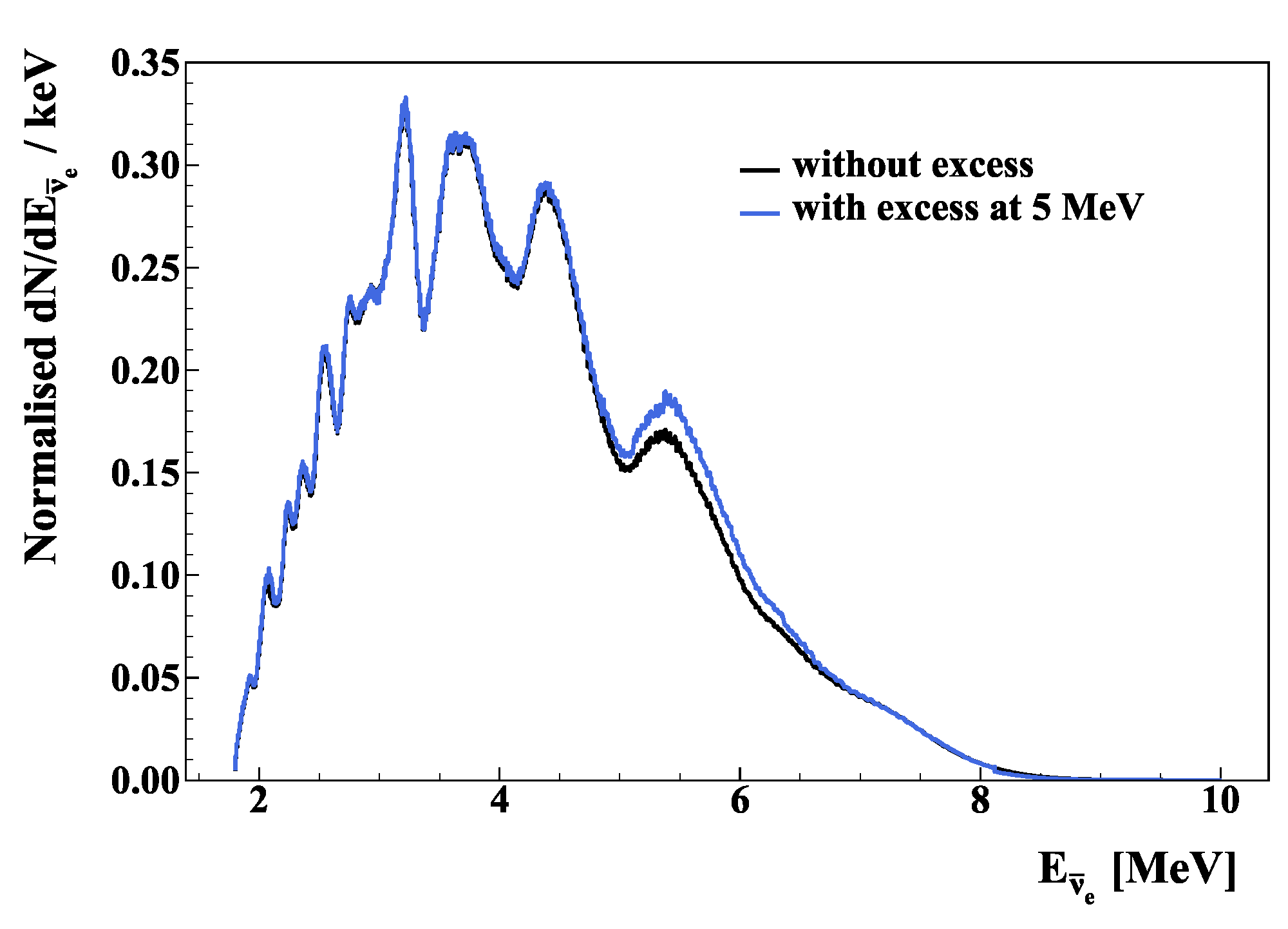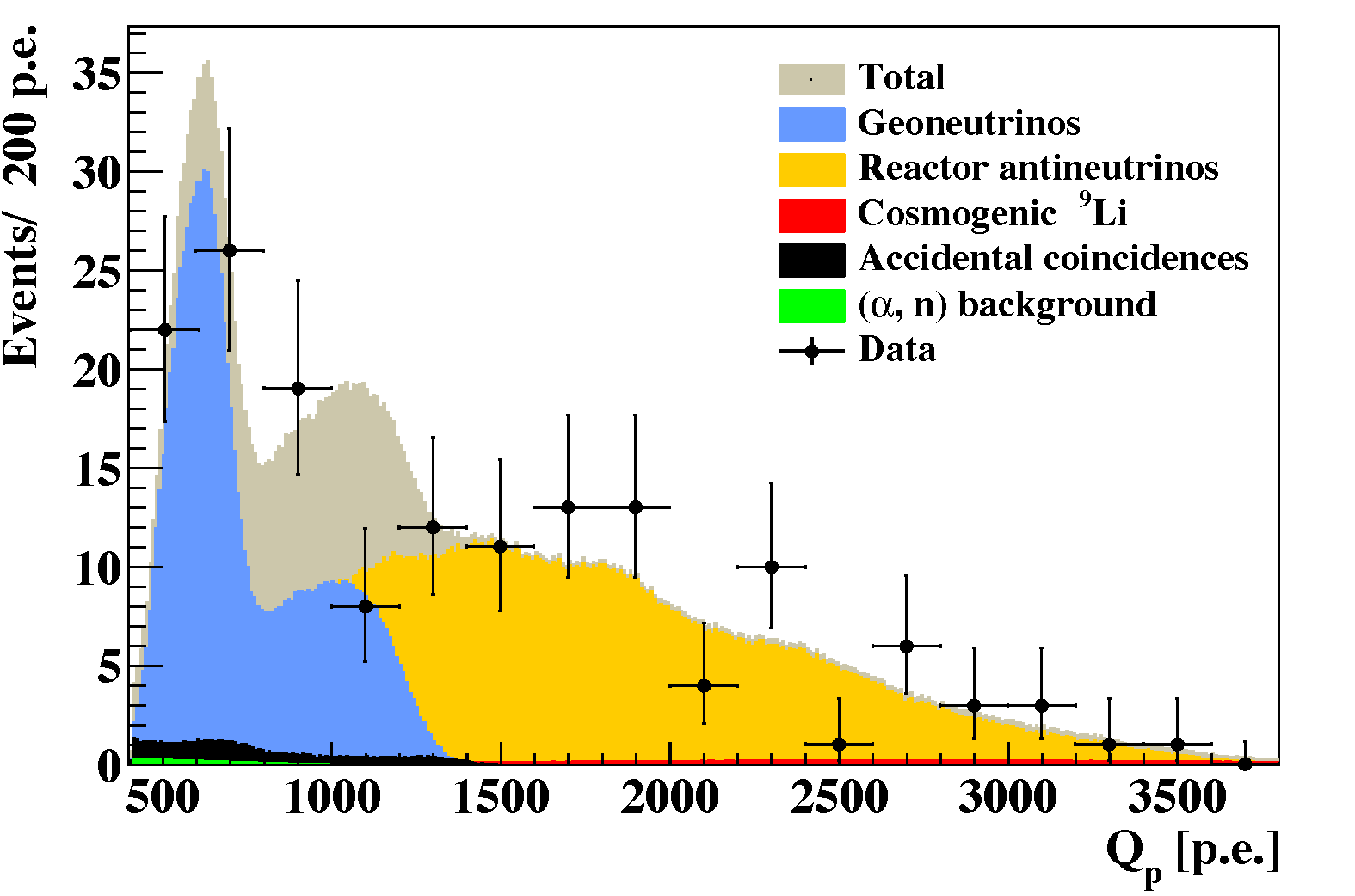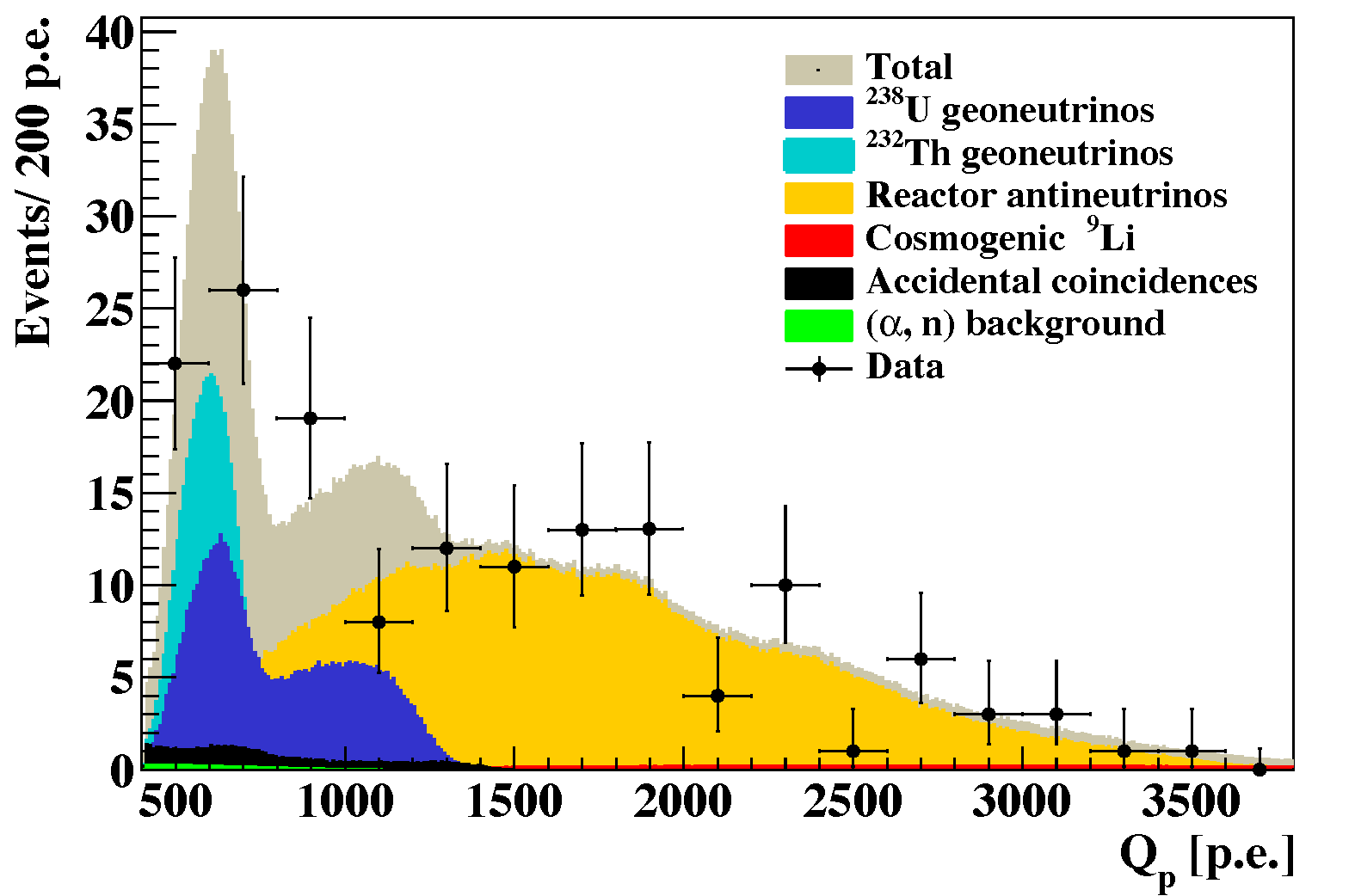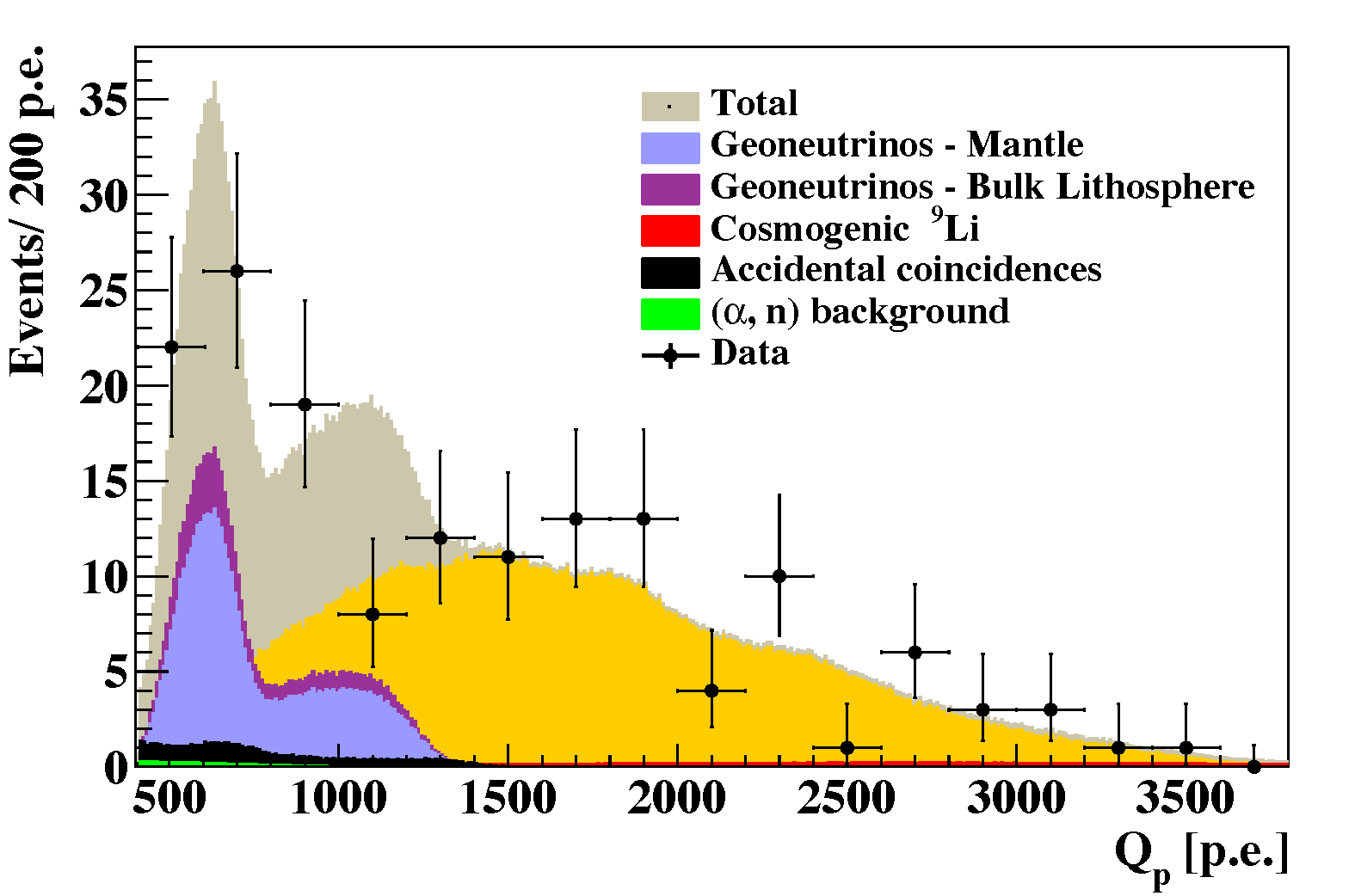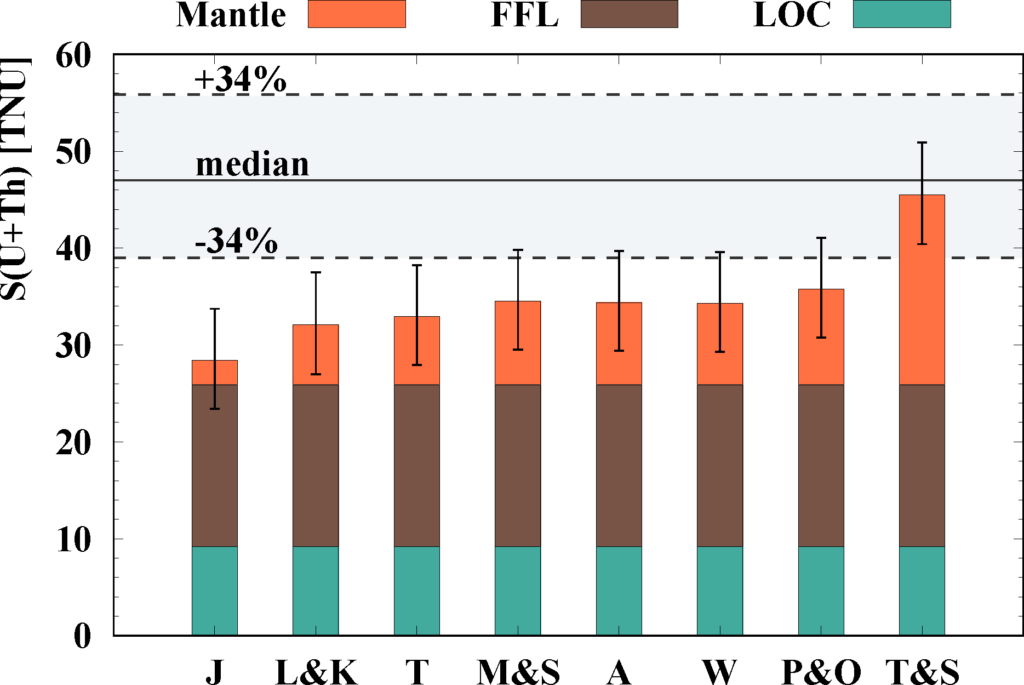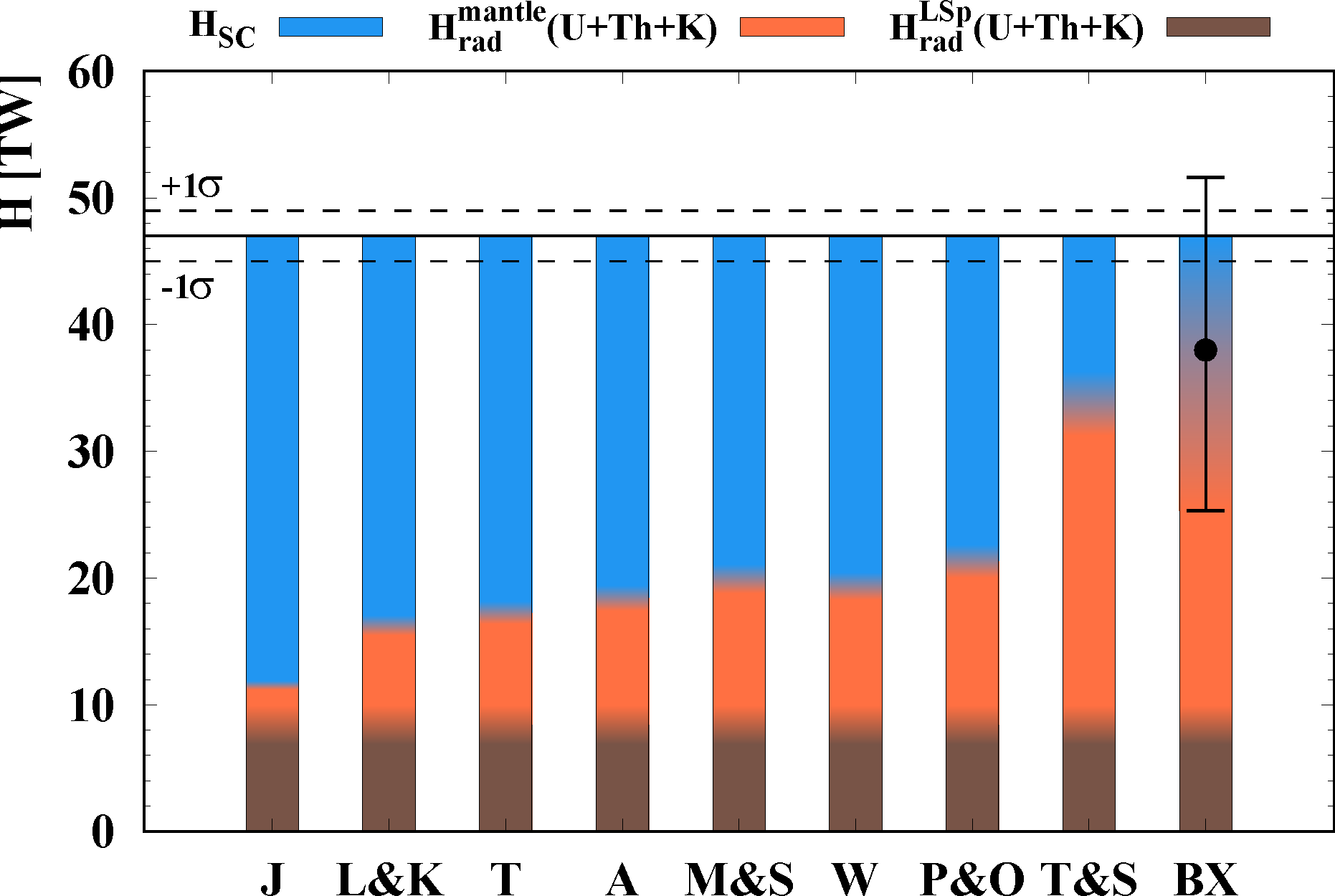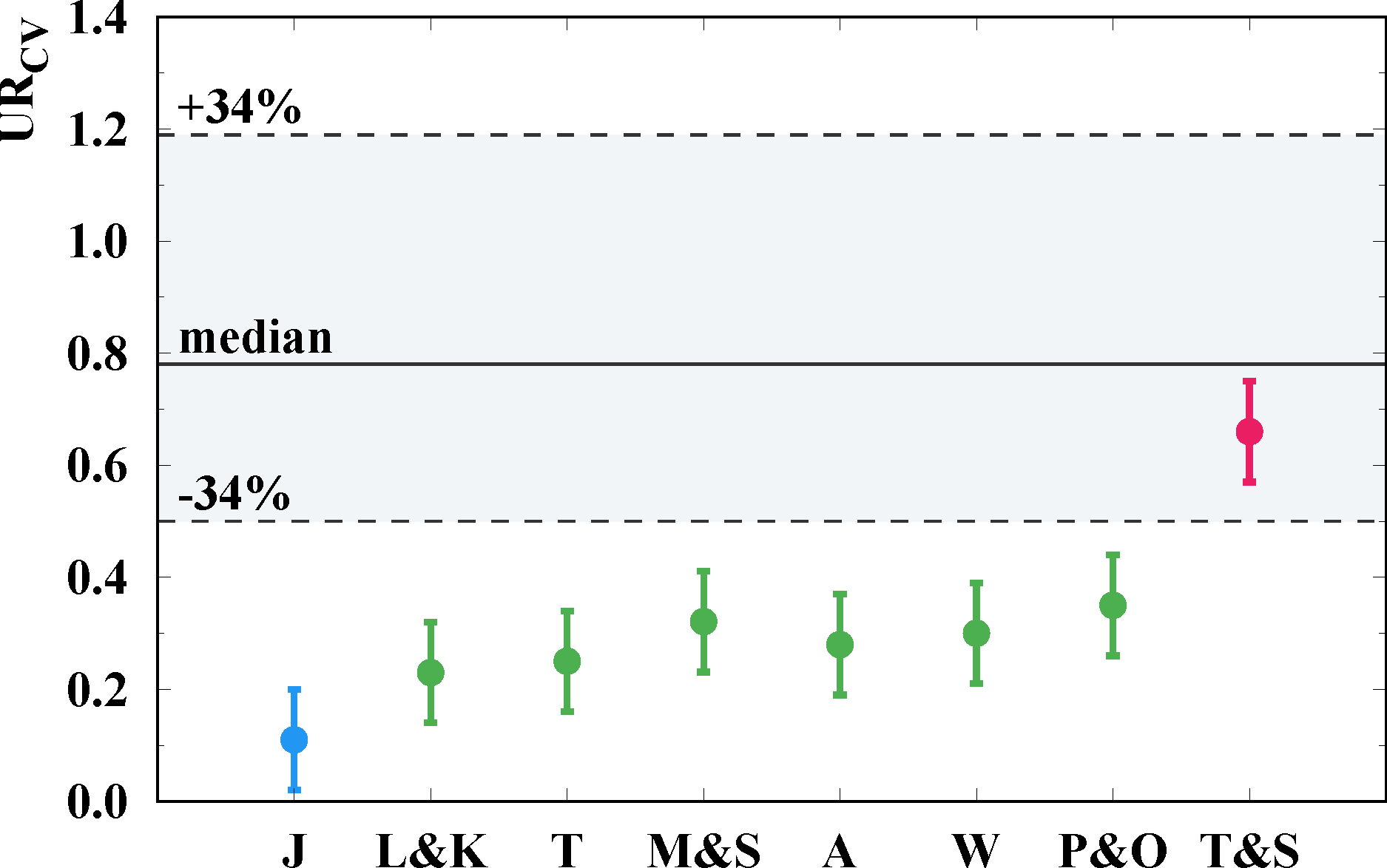Table of Contents Show
Comprehensive geoneutrino analysis with Borexino
Phys. Rev. D 101, 012009 – Published 21 January 2020
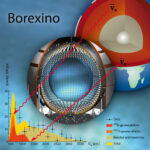
[doi:10.1103/PhysRevD.101.012009]
(preprint on arXiv).
This paper have been been highlighted with a synopsis:
“Earth As a Neutrino Source”.
Data availability
The datasets generated during the current study are freely available: see below (scroll down). Additional information is available from the Borexino Collaboration spokesperson (spokesperson-borex@lngs.infn.it) upon reasonable request.
Abstract
News Coverage
INFN Press release:
- English: “Geoneutrinos confirm that we rest on a mantle filled with Uranium and Thorium”
Italian: “I geoneutrini confermano che siamo appoggiati su un mantello di Uranio e Torio”
Other comments & coverage:
- “Signals from Inside the Earth: Borexino Experiment Releases New Data on Geoneutrinos”, Forschungszentrum Jülich press release
“Earth As a Neutrino Source”, synopsis in Physics Magazine (physics.aps.org)
“Was die Erde von innen wärmt” (what warms the earth from the inside), article on the Frankfurter Allgemeine Zeitung (German language).
Open Data
The Borexino collaboration published a paper [Physical Review D 101, (2020) 012009] on an updated geoneutrino measurement in January 2020 using the data obtained from Dec 2007 to Apr 2019. The updated statistics and the improved analysis techniques, such as an increased fiducial volume, improved veto for cosmogenic backgrounds, extended energy and coincidence time windows, as well as a more efficient particle discrimination, led to more than a factor two increase in exposure and an improvement in the precision from 26.2% to 17.5%, when compared to the previous measurement in 2015.
The measured geoneutrino signal at Gran Sasso was 47.0 (stat)
(sys) TNU.
The paper also provides the geological interpretations of the obtained results, namely, the estimation of the mantle signal by exploiting the relatively well-known lithospheric contribution, the calculation of the radiogenic heat, as well as the comparison of these results to the various predictions. The null-hypothesis of the mantle signal was rejected at 99% C.L. for the first time. Even though the results were compatible with all the Earth models, a 2.4 tension was observed with those models that predict the lowest concentration of heat-producing elements inside the mantle. Additionally, the upper limits for a hypothetical georeactor that might be present at different locations inside the Earth were obtained. Particular attention was given to the details of the analysis techniques which might be useful for next generation liquid scintillator detectors.
Here below we provide some important figures and their respective data categorized into: theoretical spectra, spectral fit inputs, spectral fit results, and geological inputs.
Theoretical Spectra
In this plot (Fig. 14a of our paper) we show the energy spectra for U,
U,
Th and
K geoneutrinos normalized to one decay from the head element of the chain. Input data can be found here.
This plot (Fig. 14b of our paper) shows geoneutrino fluxes from U,
Th and
K and their sum at LNGS as a function of geoneutrino energies calculated adopting geophysical and geochemical inputs. Inputs are available here.
Figure 19 of our paper shows the energy spectra for reactor antineutrinos with and without excess at 5 MeV expected at Gran Sasso calculated using PRIS database and the correction factor from Daya Bay for the excess. Data available here.
Spectral fit inputs
The final unbinned likelihood spectral fit is done using the charge of the 154 golden candidates and the Monte-Carlo PDFs of signal and backgrounds. The contribution of the three main backgrounds namely accidentals, cosmogenic Li and (
) are constrained. Geoneutrino and reactor antineutrino contributions are usually left free.
The fit is done in the following configurations:
- Figure 48a: U/Th fixed to chondritic ratio (The fit is also done after constraining the atmoshperic neutrino background contribution and after constraining the reactor antineutrino contribution).
- Figure 48b: U and Th contributions as free parameters.
- Figure 52a: Extraction of mantle geoneutrino signal after constraining the contribution from bulk lithosphere.
- Extraction of upper limits on georeactor placed at different positions after constraining the contribution of reactor antineutrinos.
Inputs:
Charge (available here) of the 154 golden candidates used for the unbinned likelihood spectral fit.
Monte-Carlo charge PDFs of geoneutrinos (U/Th fixed) , reactor antineutrinos , U geoneutrinos ,
Th geoneutrinos as in Figure 32 of our paper are available here.
Monte-Carlo charge PDFs of cosmogenic Li, (
) interactions, atmospheric neutrinos, and accidental background data as in Figure 33 and 37 of the paper are available here.
Monte-Carlo charge PDFs of georeactor placed at different positions as in Figure 34 of the paper are available here.
Spectral fit results
Confidence contours:
Figure 48c: Reactor vs geoneutrino confidence contours for U/Th fixed to chondritic ratio in the fit. Inputs can be found here.
Figure 48d: U vs
Th geoneutrino confidence contours when their contributions are left free in the fit. Inputs can be found here.
Likelihood profiles
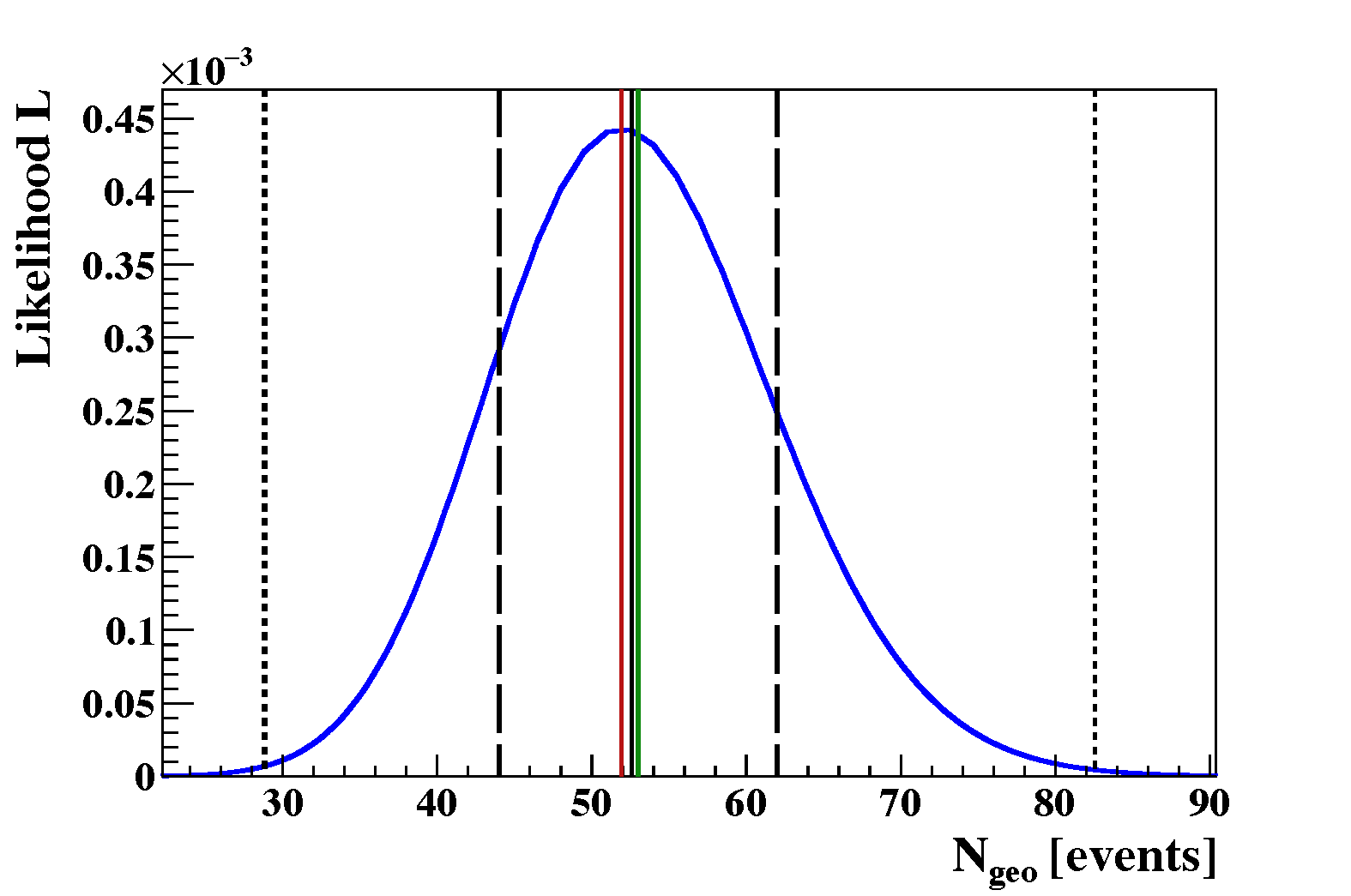 Figure 49a: Likelihood profile of geoneutrinos from the spectral fit after fixing U/Th to the chondritic ratio. Input can be found here.
Figure 49a: Likelihood profile of geoneutrinos from the spectral fit after fixing U/Th to the chondritic ratio. Input can be found here. Figure 49b: Likelihood profile of reactor neutrinos from the spectral fit after fixing U/Th to the chondritic ratio. Input is available here.
Figure 49b: Likelihood profile of reactor neutrinos from the spectral fit after fixing U/Th to the chondritic ratio. Input is available here.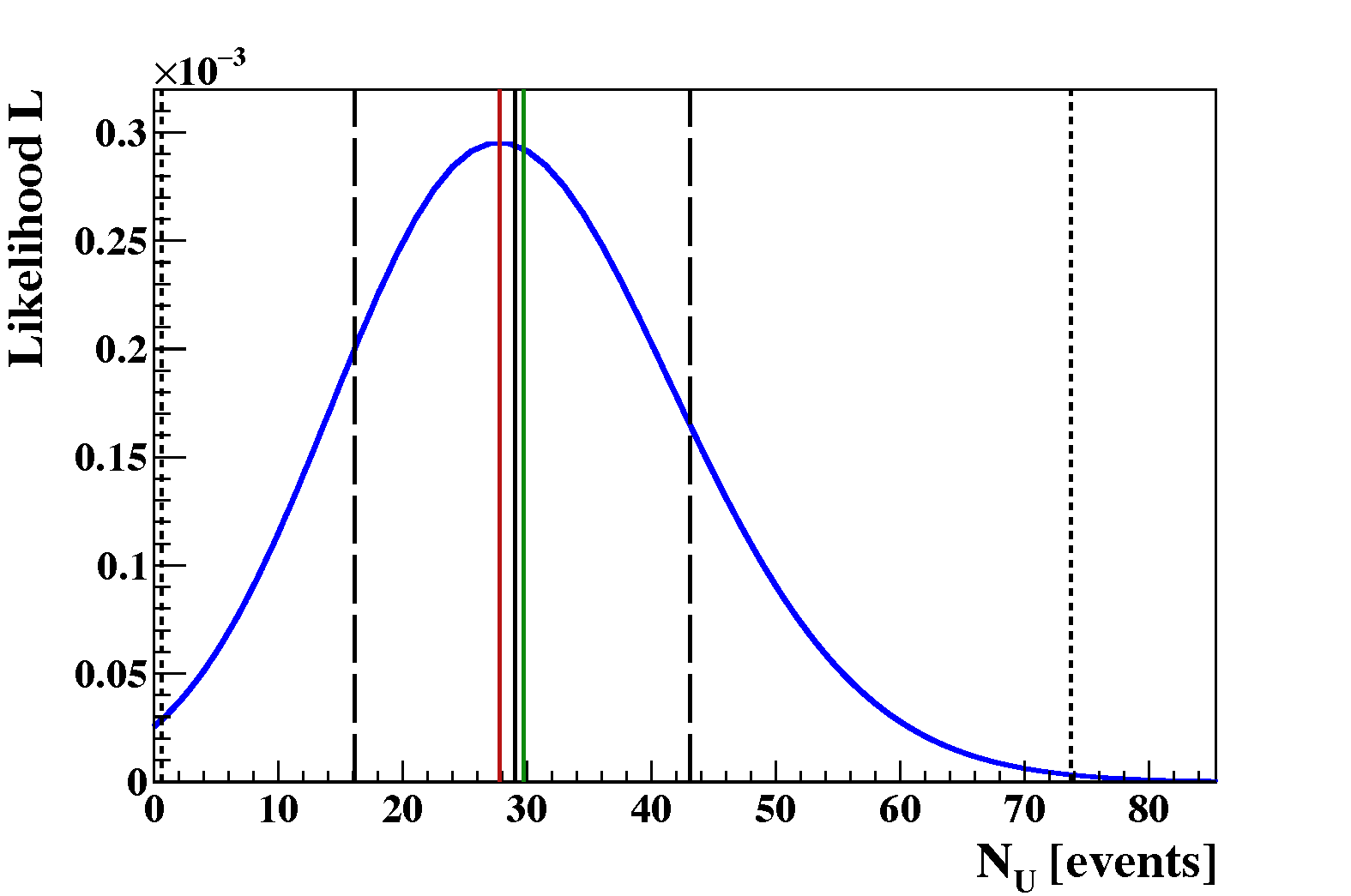 Figure 49c: Likelihood profile of
Figure 49c: Likelihood profile of U geoneutrinos from the spectral fit after leaving U and Th as free parameters in the spectral fit. Input can be found here.
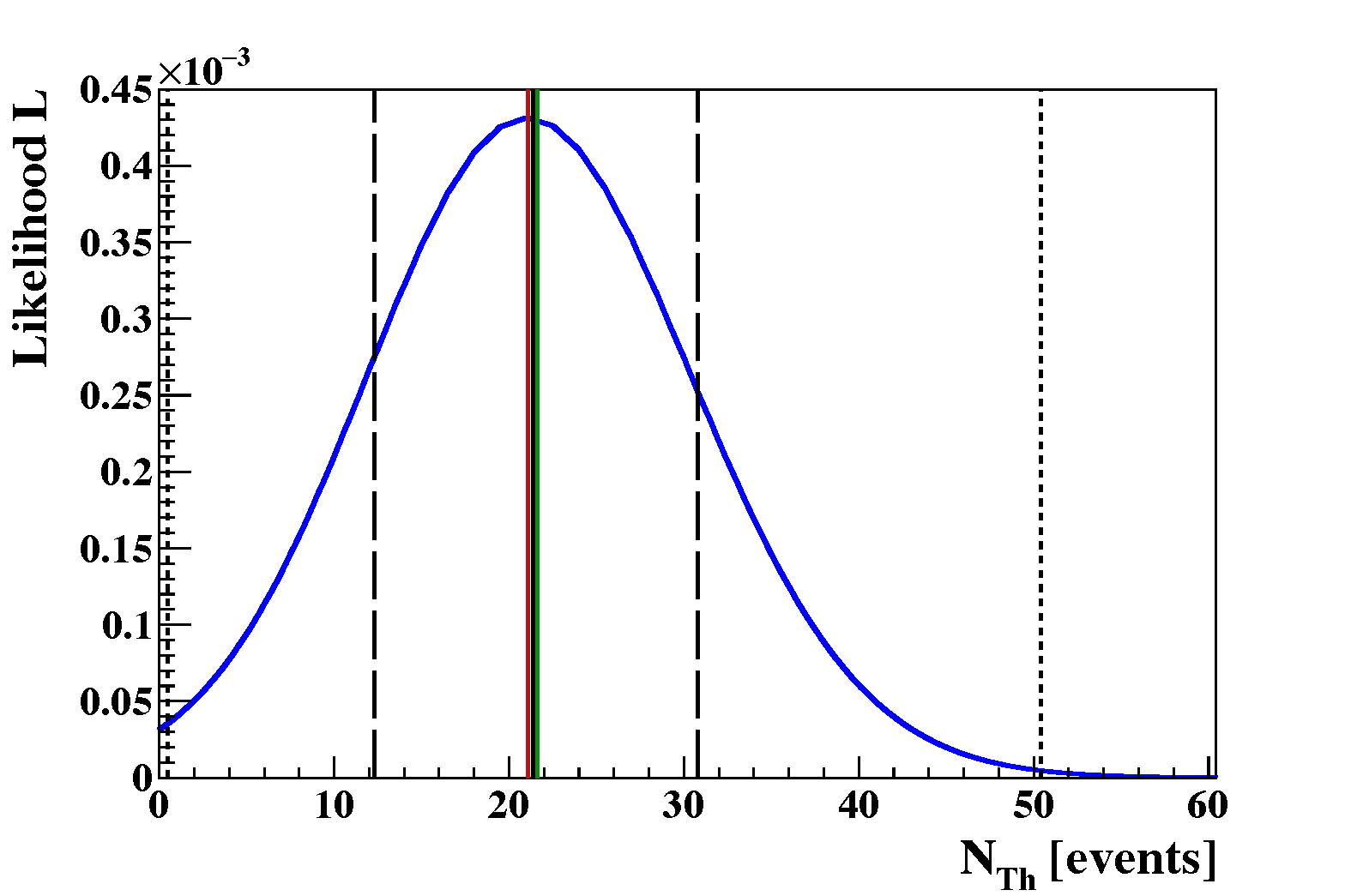 Figure 49d: Likelihood profile of
Figure 49d: Likelihood profile of Th geoneutrinos from the spectral fit after leaving U and Th as free parameters in the spectral fit. Input is available here.
 Figure 52b: Likelihood profile of mantle geoneutrinos after constraining the contribution from bulklithosphere. Input can be found here.
Figure 52b: Likelihood profile of mantle geoneutrinos after constraining the contribution from bulklithosphere. Input can be found here. Figure 57: Likelihood profile of georeactor at different positions after constraining the contribution from reactor-antineutrinos. Input is available here.
Figure 57: Likelihood profile of georeactor at different positions after constraining the contribution from reactor-antineutrinos. Input is available here.
Geological interpretations
Figure 50: Comparison of the geoneutrino signal obtained from Borexino with different theoretical models. Inputs can be downloaded here.
Figure 54: Signal of mantle geoneutrinos vs Radiogenic heat for cosmochemical, geochemical, geodynamical, and fully radiogenic models along with Borexino results. Input can be found here.
Figure 55: Radiogenic heat obtained with Borexino results compared with different theoretical models along with the total surface heat flux. Data can be downloaded here.
Figure 56: Convective Urey Ratio obtained with Borexino results compared with different theoretical models. Input are available here.
